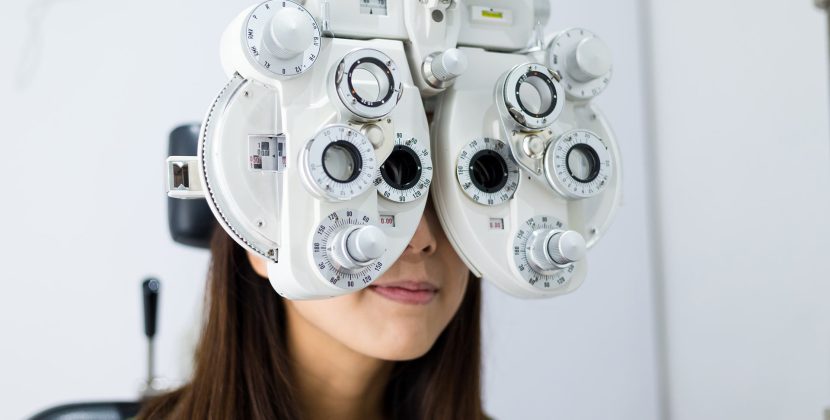
As the name suggests, facial fillers are materials injected into the areas around the face that contain wrinkles, lines, and folds. As these fillers restore facial fullness, they also reduce the signs of aging. Although the results are not permanent, they can last enough to ensure that you don’t have to worry about the aging signs every time.
Statistically, millions of people around the world undergo this procedure every year. This shows that it is one of the most common cosmetic procedures that people often go for.
However, if you want to get facial fillers, you must note that you may experience some side effects. So, what are the side effects of facial fillers?
Common mild side effects of facial fillers
When getting facial fillers, you are likely going to experience some particular side effects. Although these side effects are common, they are often mild. Besides, they usually disappear after a few hours or days. They include:
Rashes or redness – This usually happens some minutes or hours after the procedure. However, the rashes or redness will disappear themselves.
Swelling – The treatment area may swell but will go back to normal after some days.
Itchiness – The injection area may be itchy for some days. If it doesn’t disappear after a few days, don’t hesitate to consult your physician.
Bruising and pain – Although fillers are usually painless, some people may encounter some discomfort, pain, and bruising.
Rare, moderately serious side effects
While they may be rare, some side effects of facial fillers could be too disturbing to people. Even if they are not life-threatening, you may still need some medical attention to deal with them. The uncommon, moderately serious side effects of fillers are:
Skin infections – In some cases, the treatment area may be infected. Generally, the infections can be treated with antibiotics.
Modules or skin bumps – These side effects don’t usually cause any pain; however, they can affect your look and confidence. If they don’t disappear on their own, surgical removal may be required.
Tyndall effect – This happens when the skin around the treatment area turns blue. In many situations, the Tyndall effect may continue for several days or weeks but doesn’t cause any serious problems.
Granulomas – This condition refers to a form of inflammatory reaction that causes the skin to be bumpy after getting fillers. Notably, granulomas can also disappear without any treatment.
Filler leakage – If an improper injection technique is used, there may be filler leakage. In this case, the patient will need to go for corrective treatments.
Rarer severe side effects
In rare cases, people may experience severe side effects of facial fillers. The affected individuals will likely need urgent medical attention because the condition may be life-threatening. If not treated quickly, some of these side effects could cause disability.
The rarer, more severe side effects of fillers include:
Scarring at the treatment area – This is usually caused by the wrong administration of the substance. Unfortunately, this may lead to permanent scarring.
Severe allergic reaction – This could cause skin swelling and irritation, shortness of breath, and lots more.
Blood clots – Often caused by the injection of fillers into larger blood vessels, blood clots can lead to complications such as skin necrosis, blurred vision, blindness, stroke, and so on.
Despite these side effects, facial fillers have been approved by FDA and other health organizations around the globe. As long as the procedure is carried out by trained and licensed professionals, you will likely not experience any of the serious side effects.













